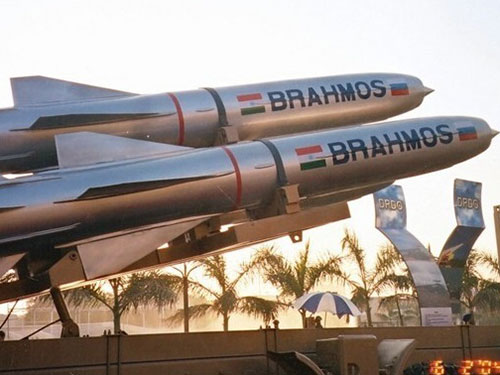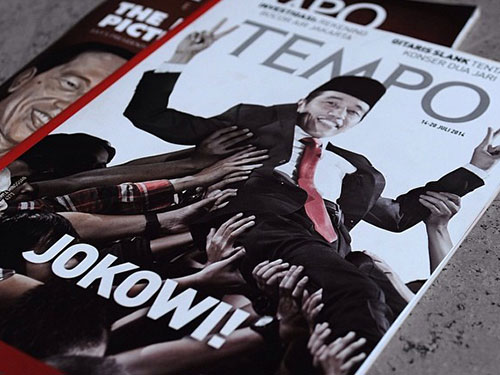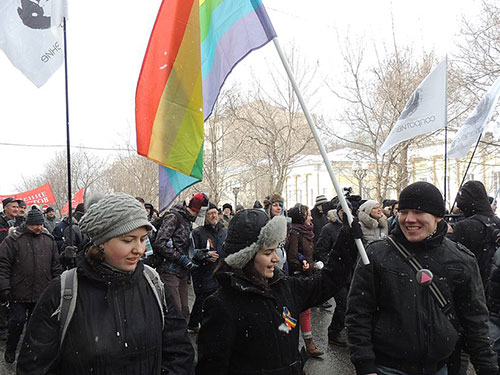
This article was originally published by EurasiaNet.org on 13 November, 2015.
Numerous recent news accounts in Uzbekistan would seem to indicate mounting agitation over alleged activity by Islamic State — an extremist organization not previously known to have made inroads into the country.
Dozens of individuals have reportedly been arrested on suspicion of having links to the terrorist group, and some security forces are said to have been placed on high alert amid concerns about possible unrest. For all the clamor, little is understood about whether Islamic State has genuinely established a presence in Uzbekistan, and whether semi-official claims of anti-terrorist sweeps can be taken at face value.
In the latest case to draw public attention, Tashkent-based website 12news.uz cited an unnamed Supreme Court official on November 13 as saying a 23-year old man called Muhammad Abdullaev had been sentenced to 13 years in prison for his association with Islamic State. 12news.uz has served as a conduit for multiple alarming stories about alleged Islamic State incursions into Uzbekistan.




